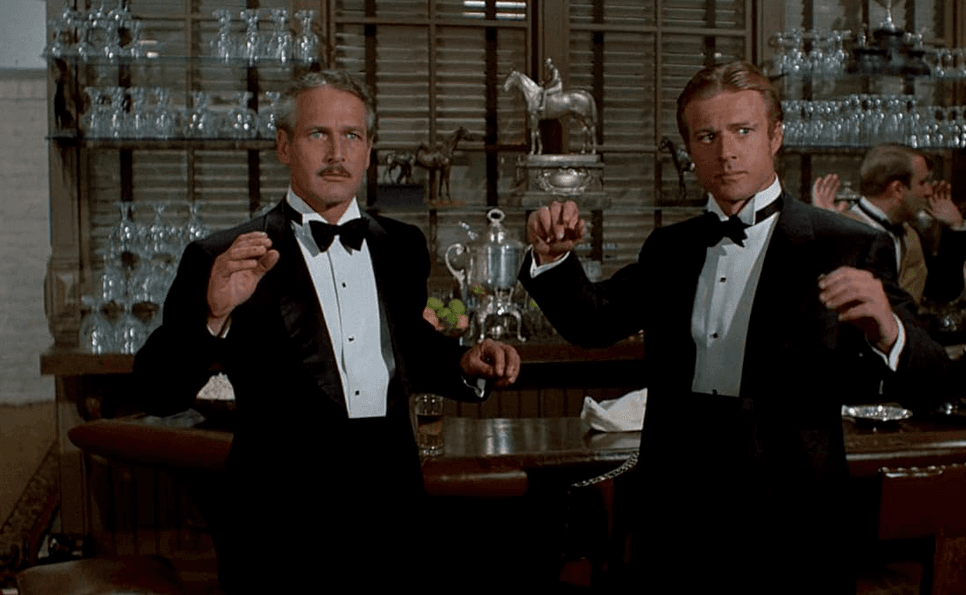PG | 2h 9m | Caper, Heist, Comedy | Dec. 25, 1973
Fifty years ago, “The Sting” won seven Academy Awards. Re-watching it fires up an appreciation of its timelessness.

PG | 2h 9m | Caper, Heist, Comedy | Dec. 25, 1973
Fifty years ago, “The Sting” won seven Academy Awards. Re-watching it fires up an appreciation of its timelessness.